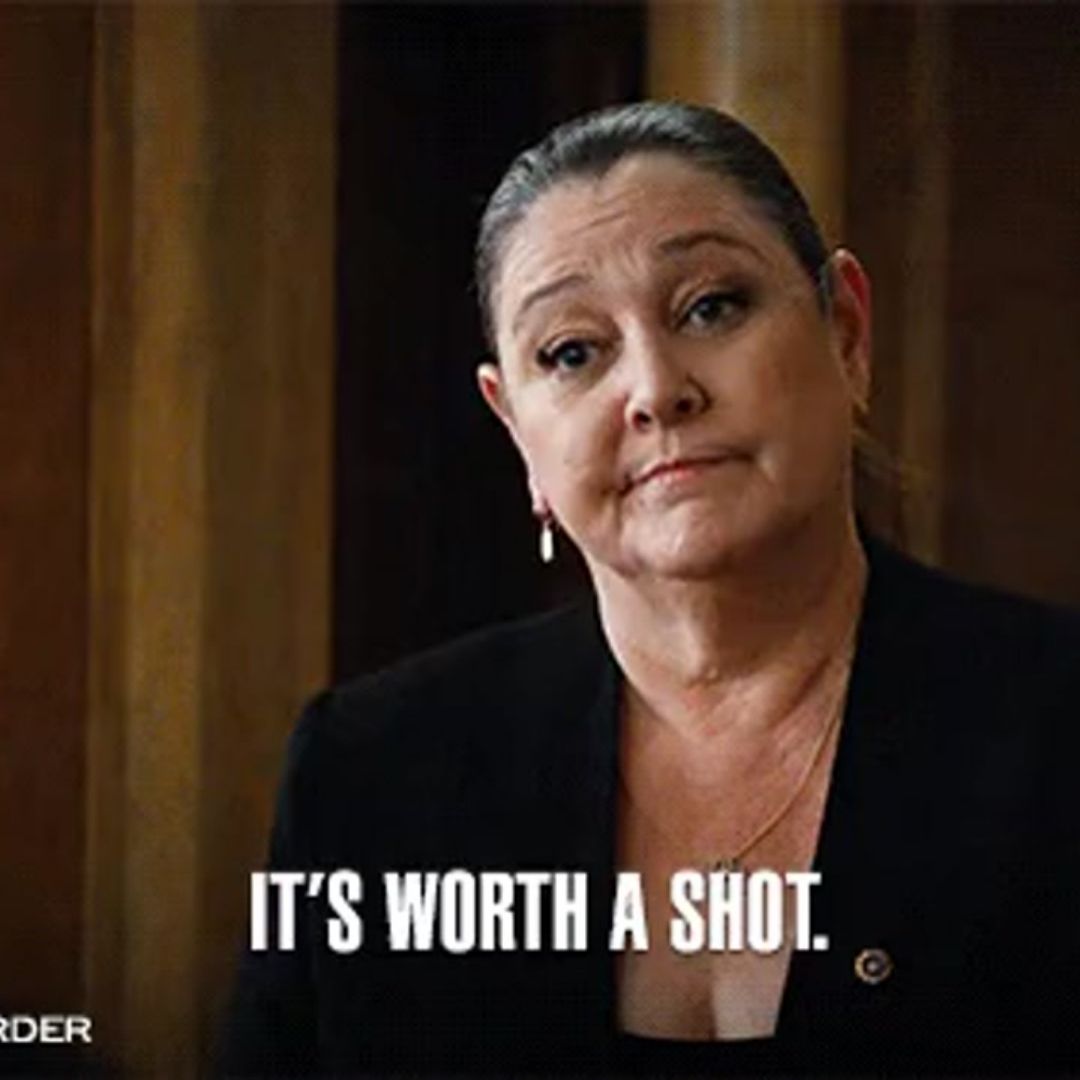Try This Test For Improved Body Image
May 18, 2023
It’s no secret that as we age, we inevitably move further away from the socioculturally “ideal” body. And if we choose not to throw ourselves into a full-time anti-aging crusade, we’re left with . . .what, exactly? Where are we supposed to get encouragement, let alone approval? Where’s the blueprint? Hello? Hello?
Those questions were front and center for me when I first found out I was pregnant at 40. I’m a life-long learner, so I dove into books about how to care for my pregnant body. Sadly, most of them were primarily concerned with how to get my pre-pregnancy body back. I now know that this is a toxic narrative that sets women up for failure. Somehow our bodies are supposed to expand all the way, birth new human beings, and then “snap back”, as if nothing ever happened? That’s what we’re told. So we try. I know I did. I tried so hard. And along with the attempts to lose the last bit of baby belly, came the negative self-talk, the doubts, the if-only-I-were-more-disciplined messages. During one of those postpartum staring-at-myself-in-the-mirror battles, I caught sight of my baby, who had just learned to sit by herself, but was already an old hand at interpreting what was going on with me!

She was giving me such a curious look as if she was trying to understand the weird negative feedback I’d been giving myself. Clearly, she was way too small to understand any of it, but for me, that was enough. I wasn’t going to give her the chance to learn how to be critical of her body the way I’d been being with mine. Suddenly, I was hyper-aware of the seeds I might be implanting in my daughter. And that’s how The Charlie Test came to be.
The question at the center of it all is how do we start to feel good inside the bodies we have now? The obvious first step is to stop criticizing those bodies. If only that were easy! It’s quite astonishing how easily negative body talk hogs the microphone. Monitoring and censoring it can seem like a full-time job! Plus, can we really feel good in the bodies we have now by trying hard NOT to think about something? Yet if we leave these negative thoughts unchecked, they’ll move in and make themselves comfortable. So, I’ve gotten in the habit of running my negative body image thoughts through The Charlie Test. Here’s how it works:
If you’re about to say something questionable–aloud or in your mind–ask: Would this be an appropriate message for a happy, self-confident seven-year-old girl (who just happens to be my daughter?) If not, substitute a better message. Here’s an example from a friend. :
“I use the Charlie Test all the time, to the point that it's become automatic. Here’s how it went this morning. :
- NST (negative self talk) while looking in the mirror: Those pants are not flattering. I guess I'm too old to wear tight pants. I need to camouflage my legs. Followed by five more minutes of woe-is-me-I-used-to-have-muscles.. I wrapped up with a stern lecture about how I needed to GET CONTROL OF MY BODY. BEFORE IT’S TOO LATE! (Whatever that means.)
- Run through the Charlie Test. Would I tell Charlie --or anyone's daughter--any version of what I just told myself? Of course not! I’m not a monster!
- CTR (Charlie Test Rewrite): Never mind how these pants look–the more important issue is that they feel godawful. So uncomfortable. So tight around my waist, which I can’t control, so why am I yelling at myself? Because I CAN control my pants! Off to Goodwill with them, I say, after which my closet will have a vacancy. Only comfortably stylish pants need apply.
Let’s review the three-step Charlie test:
- Catch yourself in the middle of negative self-talk.
- Ask: would I say this to Charlie?
- What would you say instead–to Charlie, but also to yourself.
If you try this–and I hope you do–please let me know what happened.
If you email me at [email protected], I’ll pool all the ideas together and share them in a future post. It takes practice, but you can do this and together we may come up with a new “try this instead of that” body image vocabulary.




